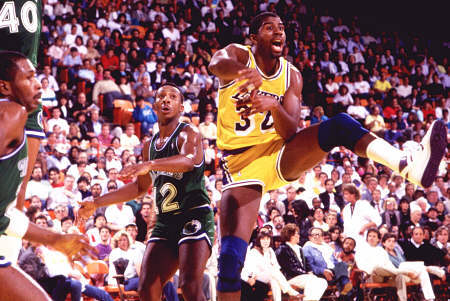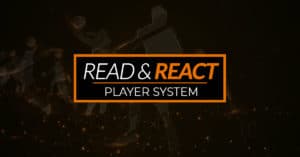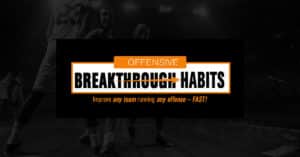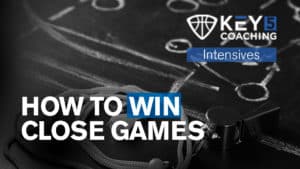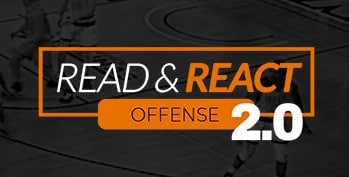“Positionless” basketball is one of the main reasons I created the Read & React. As far back as 1983-85. I experienced the need for a positionless offense. On one team, my point guard was my leading rebounder. The next year, my best post player, outside shooter, and the best player to bring the ball up against a full-court press was the same player! I remember thinking, “How do I categorize these players? Where do I put them? If I give them a position, will it keep them from playing their best and giving us the most production?” I don’t want to hide my best press-breakers in the post! And at the same time, if they can score in the post, then I don’t want to limit them to the perimeter!
Every coach’s philosophy, even within our Tribe, is a little different. That’s expected. I’m actually glad it’s that way – the Read & React is made for it. My philosophy was to teach the Read & React to every player, remove myself from making assumptions about what my players can and cannot do, and allow each one to prove what he/she can actually do. Most players will avoid their weakness and choose their strength, just as most people will choose success over failure; pleasure over pain.
This is the essence of positionless basketball. If one player can break the press, then fine – do it. But if we need to bring the ball up by committee, then we do it – without a time-out and without calling a play. Let the players gravitate to positions and actions that they do best – not for the season, or for a single game, but even possession by possession.
It’s easily done if you have a “Positionless” system!

